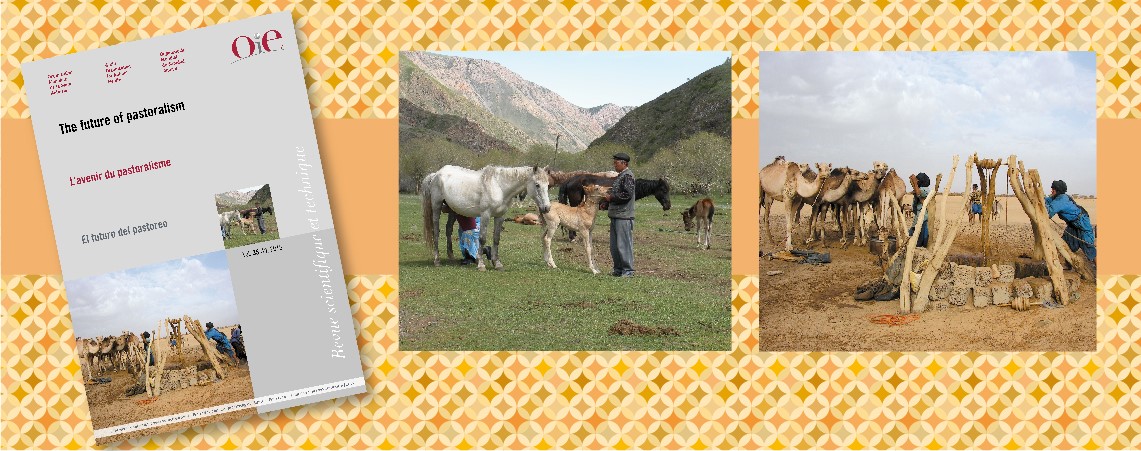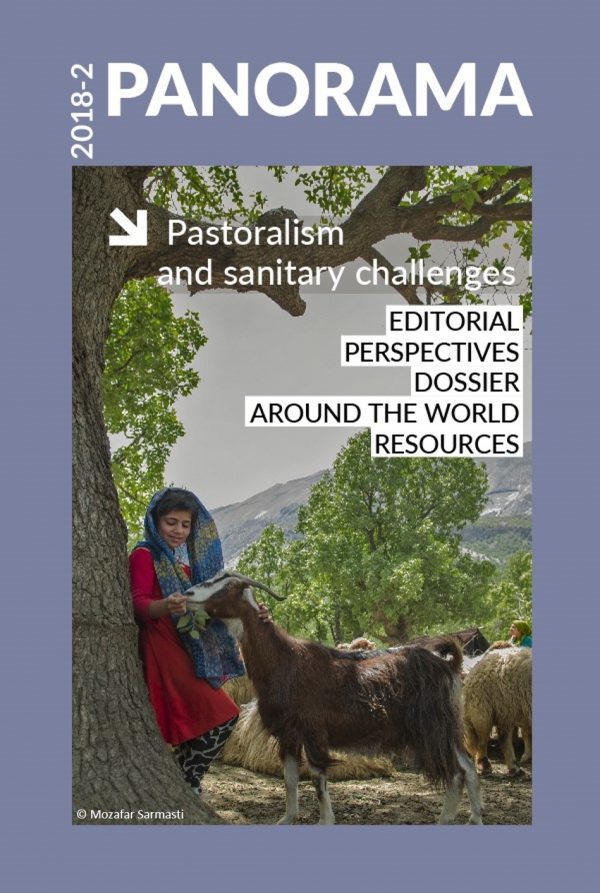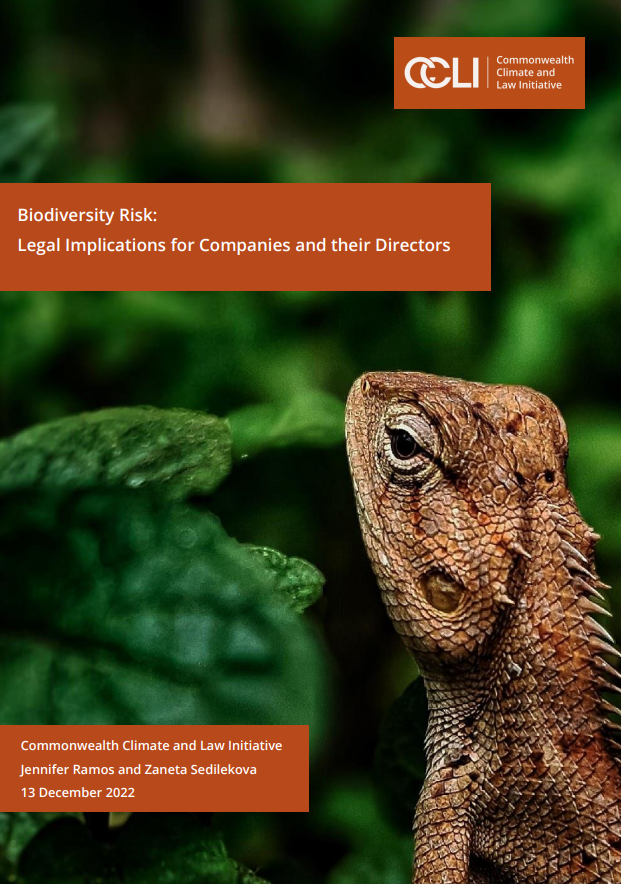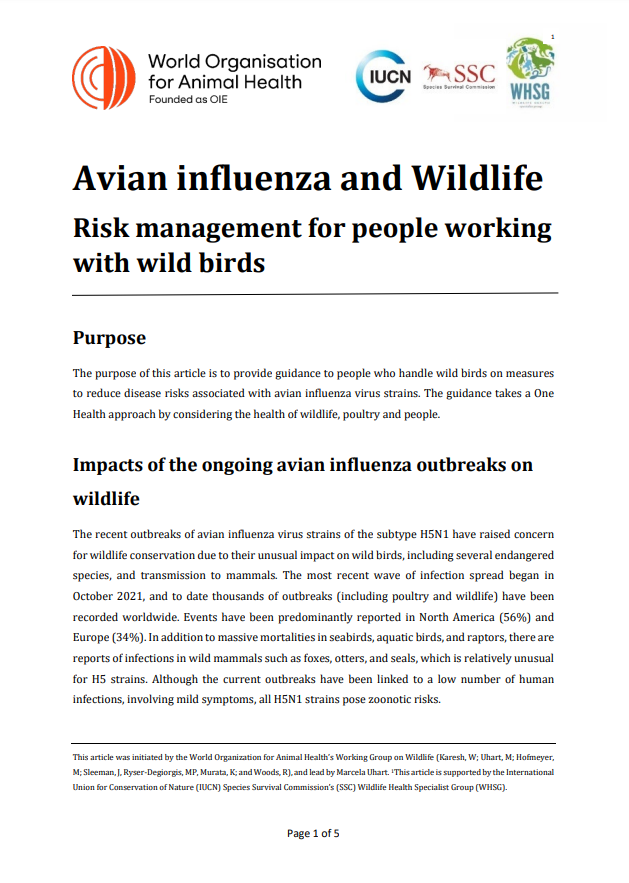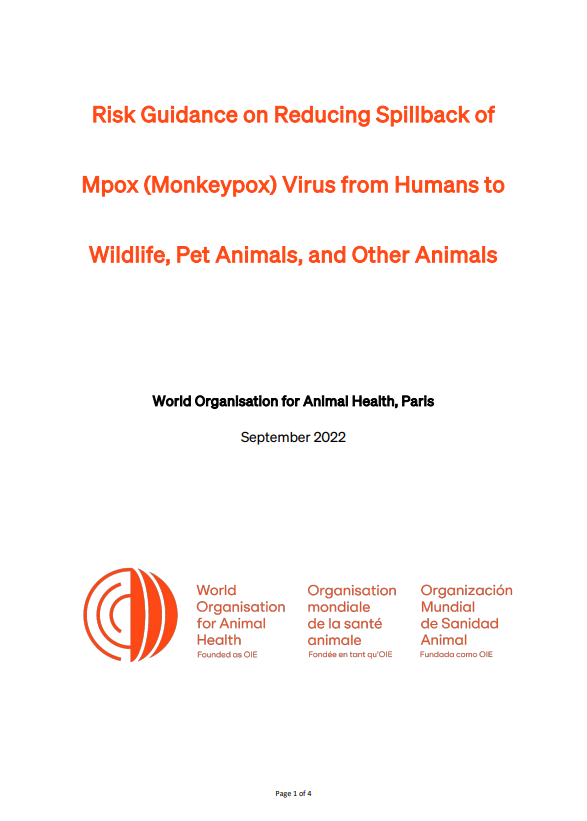Keywords
Scientific and Technical Review, Vol. 35 (2)
Coordinators and editors: J. Zinsstag, E. Schelling & B. Bonfoh
Trilingual publication
August 2016
29.7 x 21 cm
400 pages
ISBN 978-92-9044-997-3
Price: EUR 70
doi:10.20506/rst.issue.35.2.2521
This issue of the Scientific and Technical Review discusses human and animal health services and the added value of improved collaboration between the two under a ‘One Health’ approach. It provides a vision for the sustainable use of pastoral ecosystems, providing innovative ideas for livelihoods, economic development, sustained ecosystem services, animal health management, and social and institutional development.
Two-thirds of the world’s agricultural land is grassland. Most of the semi-arid and high-altitude ecosystems are not suitable for growing crops, either because these areas have limited rainfall or because the terrain is mountainous, so they are predominantly used for various types of mobile livestock husbandry systems. Such systems are the only way that these grasslands can become a source of human nutrition, as humans cannot digest grass cellulose. Extensive pastoral livestock production is, therefore, the most productive use of these lands. Moreover, in addition to providing food for both humans and animals, pastoral livestock production absorbs carbon and sustains livelihoods that could not be maintained in any other way in these areas.
[ Order here ]




